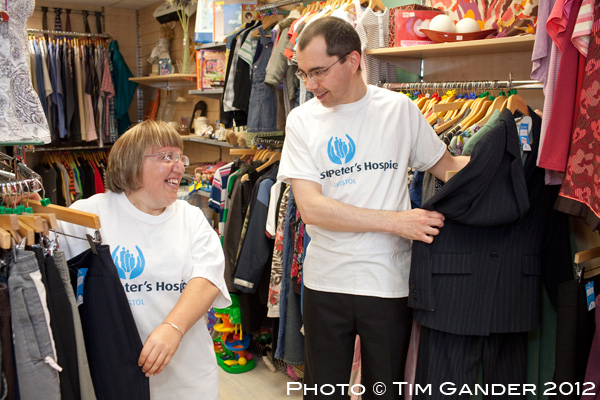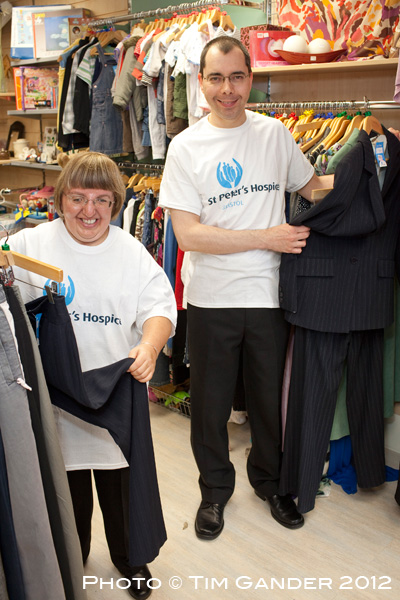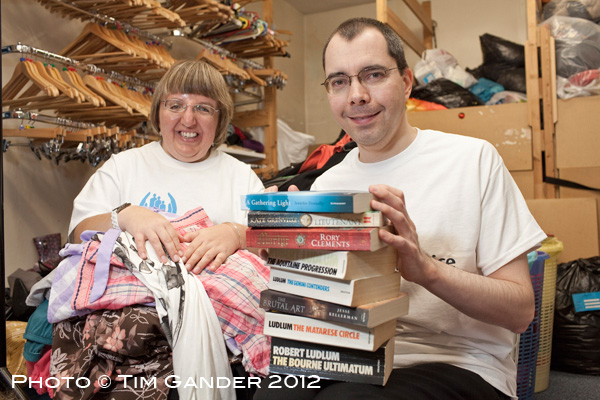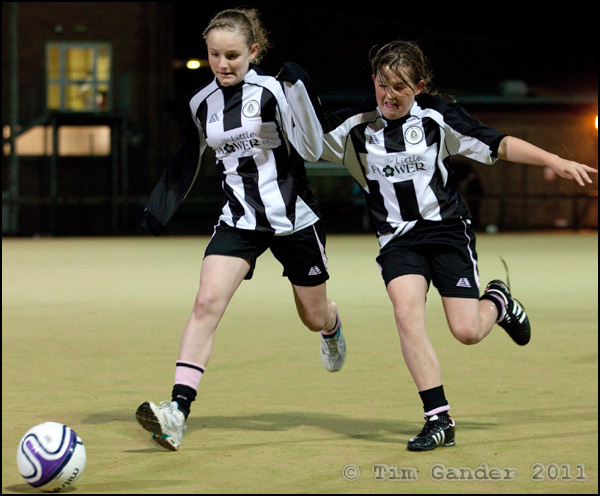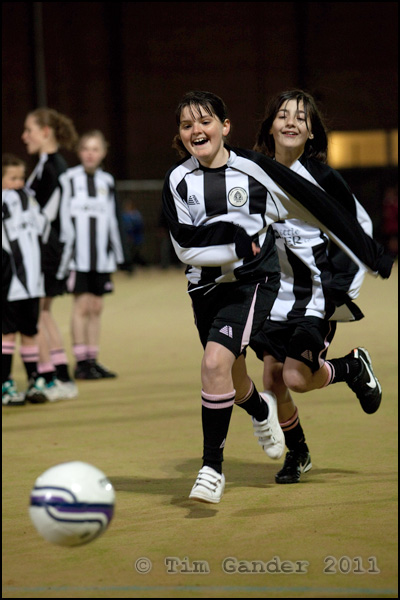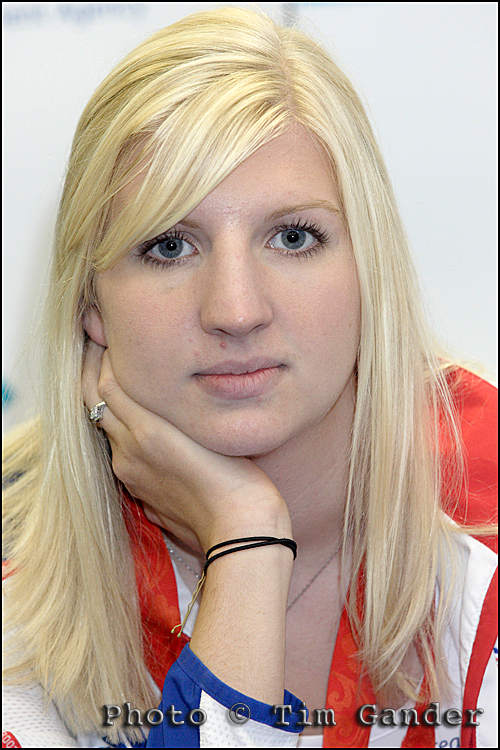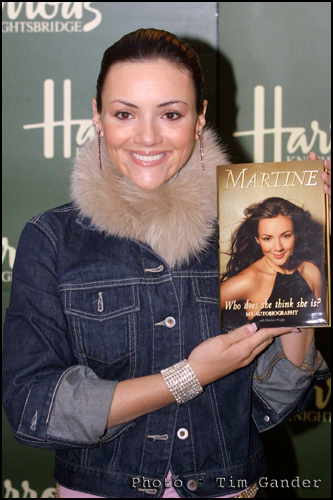This, dear reader, is the last post of 2014 and as such it’s become something of a tradition for me to do an annual roundup of images, choosing one for each month of the year as it comes to a juddering halt.
The middle of this year was rather dominated with work for University of Bath as I stepped in while their staff photographer recovered from a cycling accident, and while I could have filled more months with student profiles and university events I’ve tried to keep it more varied than that.
I hope you enjoy this year’s selection. It just remains for me to thank all my clients for their custom and support over the year and to wish everyone a merry Christmas and a happy New Year.
Tim

January – Rotating milking parlour in Wiltshire for an article on the benefits of mechanised dairies

February – Portrait of Jolly’s of Bath staff member Josh Gottschling in his favourite bar for an in-house magazine article

March – Former Chancellor of the Exchequer Nigel Lawson addresses an audience at University of Bath on issues surrounding renewable energy – he’s not a fan of it

May – Mechanical Engineering student Robert Ford of University of Bath works on his design for a vertical climbing robot

June – Student Noel Kwan poses for the Humanities and Social Sciences prospectus for University of Bath

July – Hundreds of new University of Bath graduates spill from Bath Abbey to be greeted by friends and family members

October – Eight-year-old Scout Adam Henderson concentrates on packing customer bags for charity at Tesco’s store in Salisbury

December – On the way back to the car from a job in Melksham I couldn’t resist a shot of this yarn-bombed tree in the December sunshine






